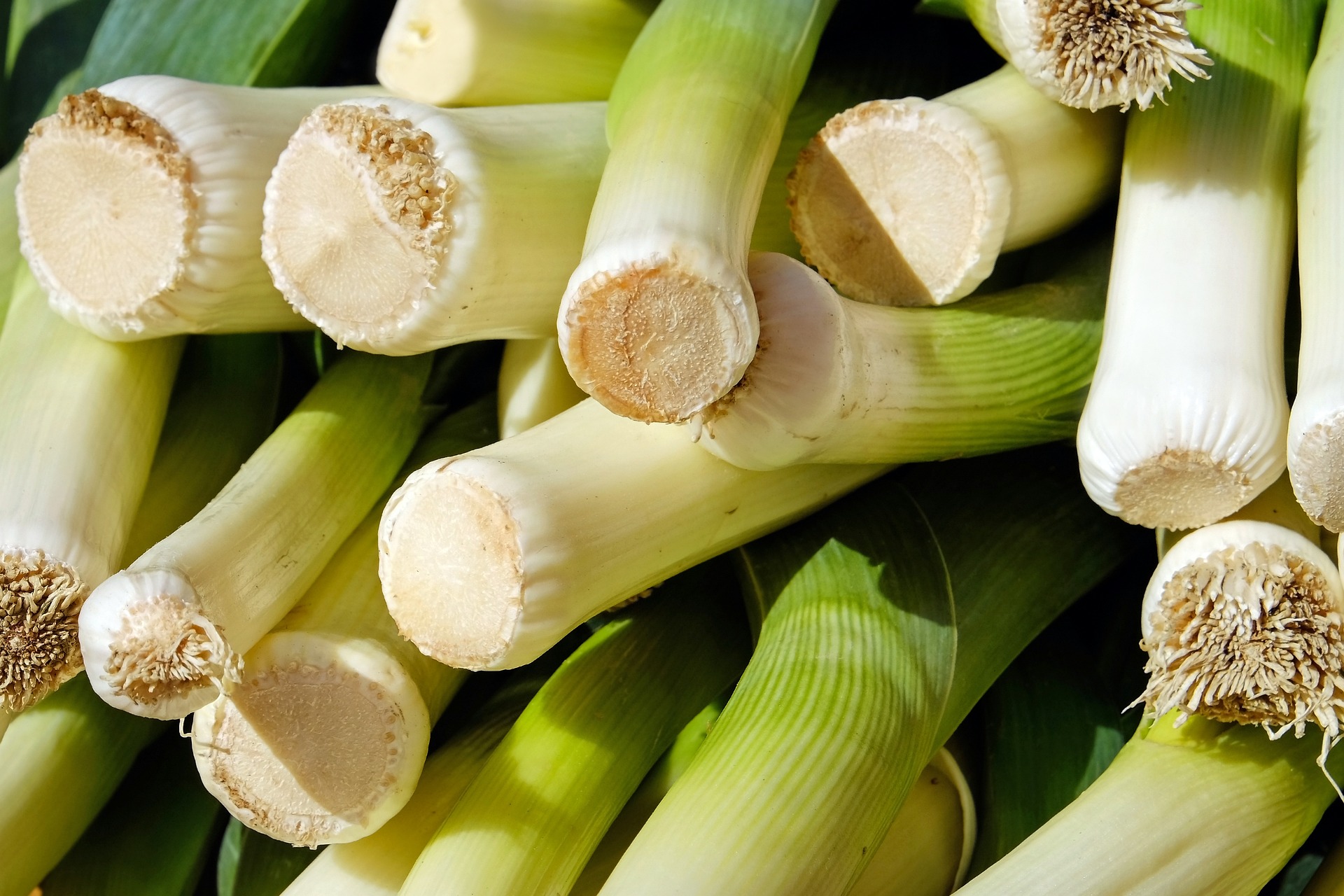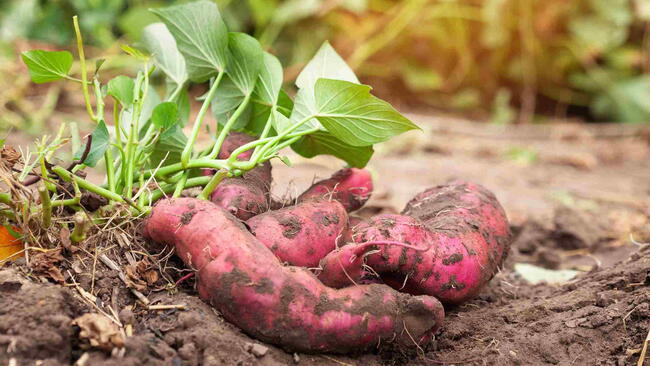
Leeks are flavorful, frost-hardy, and a space-saving addition to any garden
Read Next
Types
- ‘Tadorna’ is a vigorous grower with dark green-blue foliage that will overwinter in mild climates.
- ‘King Richard’ is a large leek with shanks that may reach a foot long. It will tolerate fall temperatures down to 20 degrees with minor damage. An early-maturing leek at 75 days, it is an excellent choice for northern gardeners.
- ‘Dawn Giant’ lives up to its name, with a 15-inch shank reaching 2 inches in diameter.
Gardening Products
More Like This
Hi Joanne,
Leeks can bolt (send up a flower stalk) when they experience optimal growing temperatures followed by a period of cold weather, which is the opposite for many flowering plants. To avoid your leek plants from bolting, the timing of planting can be adjusted to make sure they are planted after daytime temperatures are consistently above 45°F. Another reason for bolting is too much fertilizer so it is best to avoid fertilizing when the leeks are planted and while the leeks are growing.
One more thing to consider is if planting transplants, consider selecting ones that are smaller (thinner than a drinking straw) because the larger a leek plant grows, the more likely they are to produce flowers. In the future, if you see your leek plants starting to produce flower stalks, remove them as soon as possible because once they are allowed to grow and mature, it can change the flavor of the vegetable.
Hope this helps!
Thanks, Ann. This is an important reminder that even though leeks are often listed among "deer-resistant" plants, deer don't read those articles. A hungry deer will certainly eat food it doesn't prefer, and just like with humans, certain deer may develop a taste for foods that others typically dislike. This handy article from the University of New Hampshire Extension service offers good advice on shielding your gardens from deer and other four-legged snackers: https://extension.unh.edu/blog/2018/12/keep-deer-out-your-garden-winter













Comments